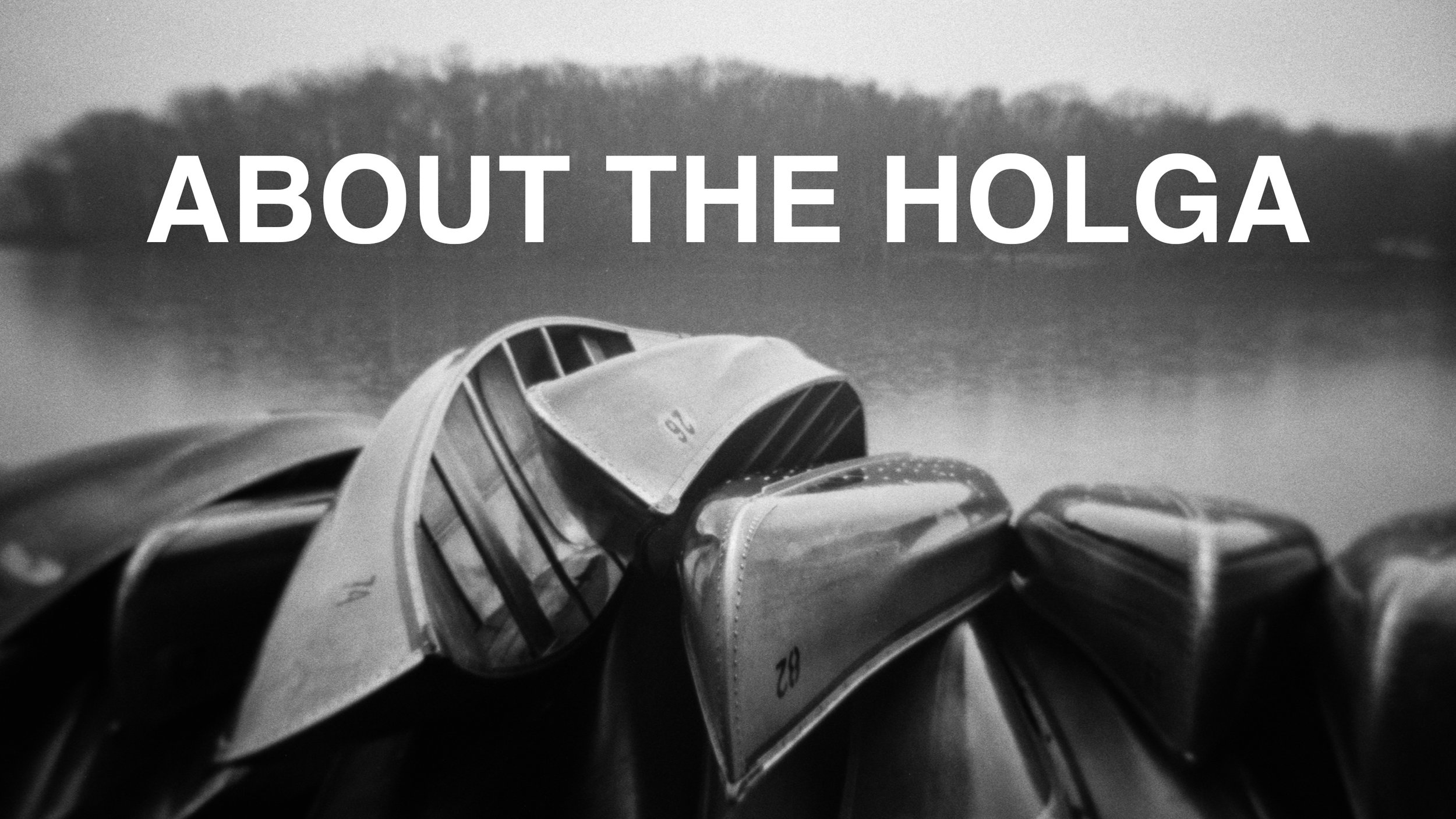Putting aside the accusations of using stolen images in his piece for Adorama, my opinion is that Mason Resnick makes good points as he explains why digital works better for him.
And let's face it, fixer stinks.
I was fine with the article until I read this:
So go ahead and indulge your film fantasies. You’ll learn the basis for good photography and this will ultimately make you a better digital photographer. And then, I predict, you’ll return to the convenience of digital.
Here, he stops talking about his personal experience and puts every photographer on the same box. As if you, a film photographer, are someone who is still experimenting and will, eventually, come to his same realization that tool A is better than tool B.
He also makes the mistake of thinking that, in general, convenience is good.
There's a reason why people still use pencil and paper to draw or take notes; why people still walk places instead of driving; why physical books are still being sold; why people still send letters and postcards; and a long list of things that have gotten more convenient with the advent of technology but we humans insist on making more complicated.
One can see why explaining to the general public why film is still relevant nowadays is so hard, when professional photographers still don't get it.
And by the way, please don't think I've missed this gem Mason left in his article:
Dude! I can shoot both color and black and white images at the same time! I simply set JPEG to black and white, and shoot RAW simultaneously. Most digital cameras have this feature. I don’t have to decide which way to go until post-processing.
As a black and white photographer, I have a lot of problems with the last sentence. I made the same mistake when I started shooting black and white, but I wouldn't expect a professional photographer with almost 40 years of experience to be pressing the shutter button without having the final image in mind.
Maybe, that's what digital and taking 25,000 photos a year will do to you.


